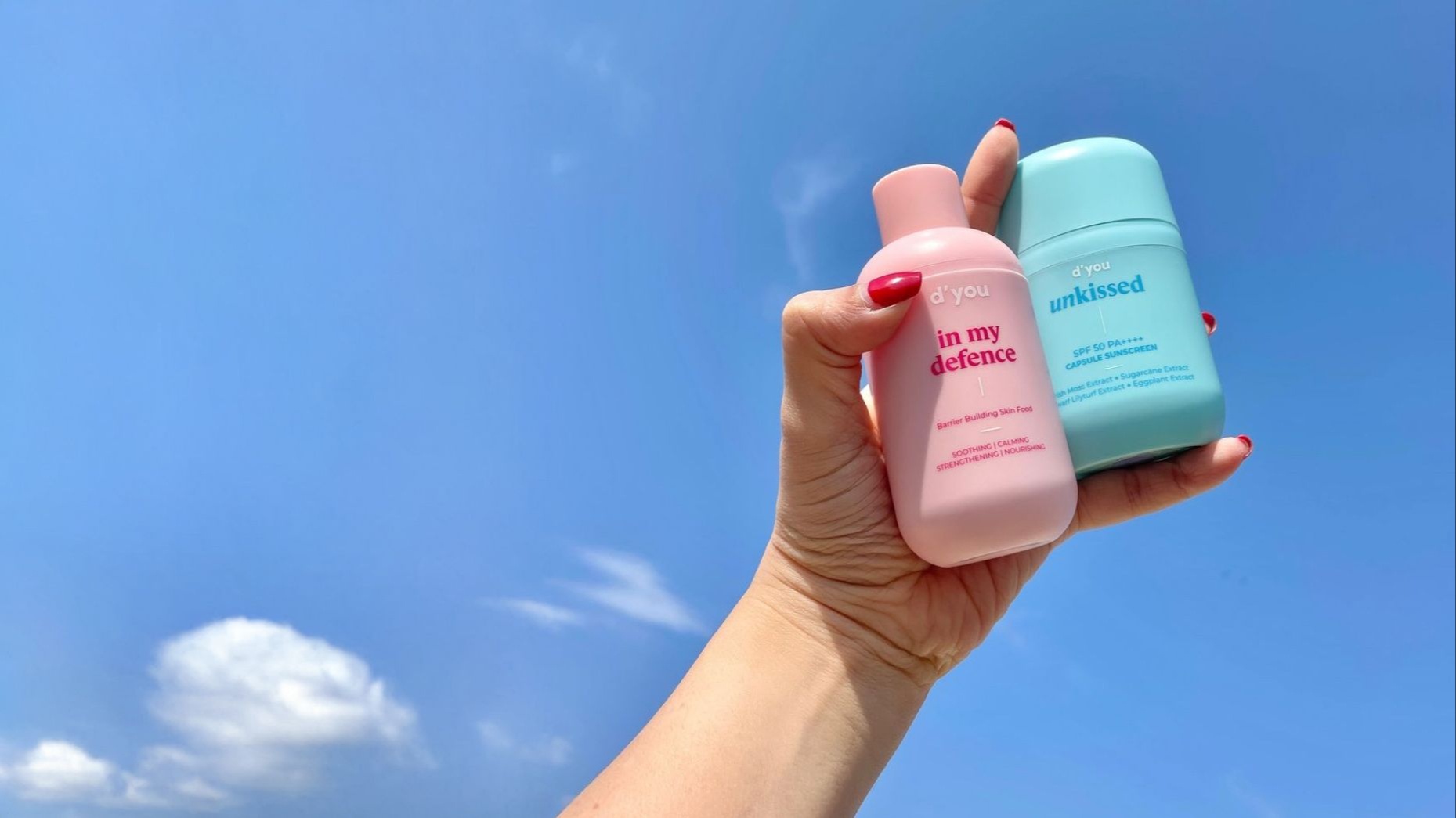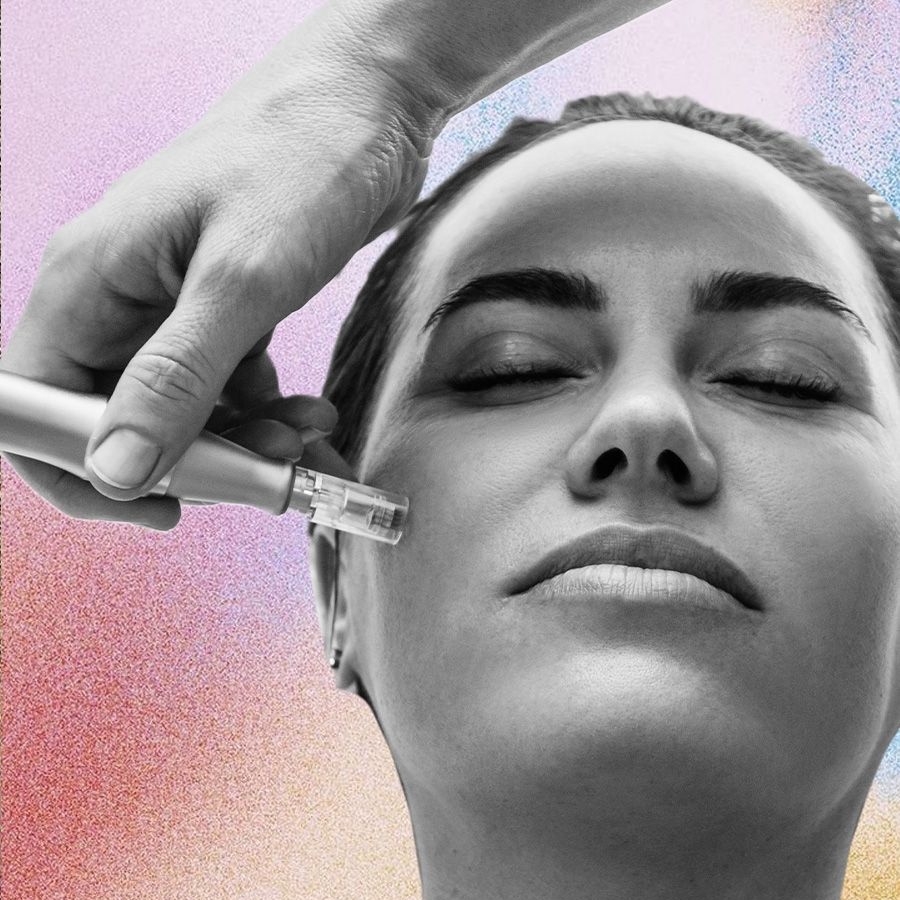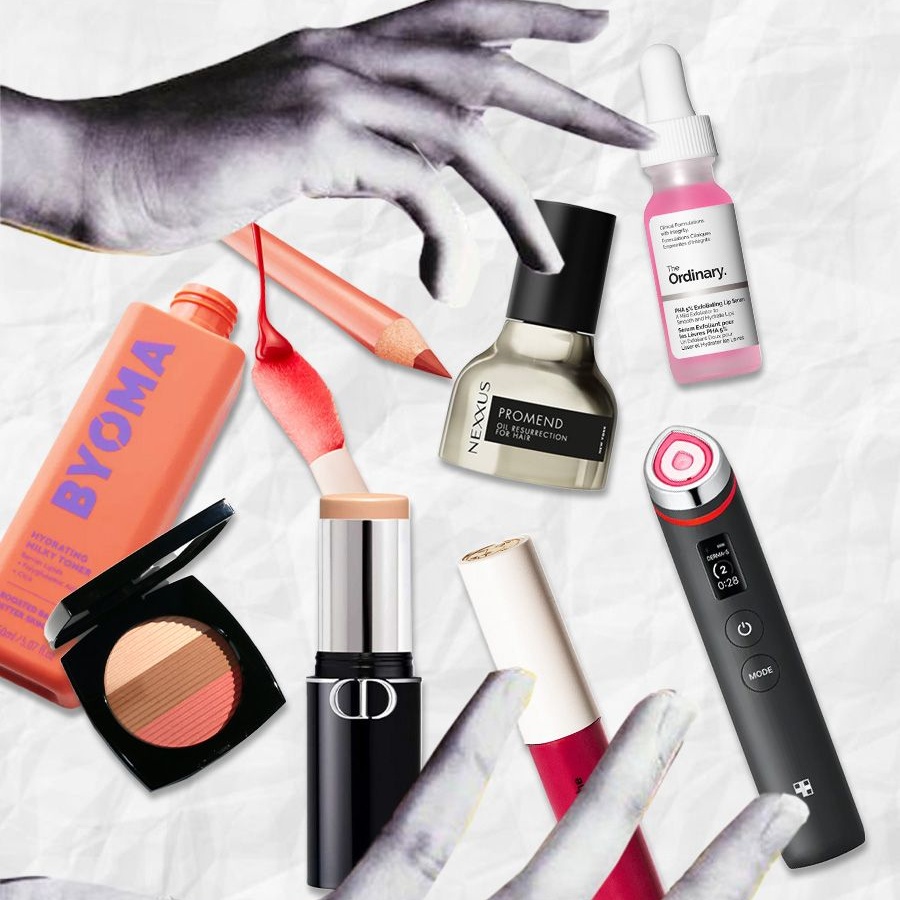In 2018, as Kai from K-pop band Exo created a frenzy at Paris Fashion Week and India was getting swept up by the wave that was K-beauty, Shamika Haldipurkar, lawyer-turned-entrepreneur, set her sights on joining the growing ranks of homegrown beauty brands with just one product—a serum with 11 active ingredients, which she launched two years later. While the strategy itself was unique (not many before had chosen to launch a brand with a single product), what was also interesting was that it was one of the first Indian beauty products that was formulated in Korea.
The fact that Indians were already introduced to the wonders of K-beauty helped. Innisfree was one of the first Korean brands to have forayed into the country, in 2013. Face Shop entered the Indian market in 2016, Laneige in 2018. Belif and Sulwhasoo followed in 2019 and 2020. Recently, the floodgates have opened with retailers bringing brands like Cosrx, Klairs, Round Lab, Purito and Thank You Farmer; Skin 1004 on Tira Beauty is the latest entrant and on their most popular list.
D’you’s foundation, however, was laid well before the wave gained momentum. Haldipurkar got an insider’s window into how advanced Korean skincare is through her interactions with Korean immigrants when she lived in Australia for a year in 2017. On her return to India in December 2018, she saw a space in the market for a premium brand and began formulating a face serum, Hustle. “Because Hustle’s formula was ambitious, I started thinking about the kind of R&D, labs, and technology I’d need to make it, and the first name that came to mind was Korea,” she says. With a one-way ticket to Seoul, what ensued was cold calling and requesting labs for meetings. “Back then, the concept of someone from India building a brand and manufacturing in Korea was new to them. Today, that has changed a lot.”
Korea, such as Quench and Put Simply. The latter was established in 2022 by Anirudh Kastia, whose foray into skincare stems from his struggle with acne. He turned to K-beauty on a friend’s recommendation. “Its preventative approach to skin health healed my pertinent acne issues,” says Kastia. So, when the time came to launch his brand, he knew he “wanted to create a skincare range developed in Korea specifically for Indian skin and weather.”
Few formulations play well with the Indian heat and humidity that impact our skin, so Kastia knew he had a challenge. “The ingredient mix, textures, and characteristics are carefully selected to suit our skin and weather,” he says of his products. Take, for instance, Beat the Sun by Put Simply. It’s a watery formula that absorbs quickly, wears comfortably, and doesn’t leave a white cast on Indian skin tones.
Similarly, D’you’s latest, Unkissed, is a serum-based blue sunscreen that is light, hydrating, and undetectable on the skin. “Weather plays a significant part in the formula’s cosmetic and textural elegance,” says Haldipurkar. “How it sits on your skin and how comfortable it is are key factors when designing products for a hot or humid country.” D’you’s In My Defence (IMD) is another example of this. The feather-light ceramide moisturiser is a departure from traditional ceramide-rich thick formulas. “Our adaptation was to bring a high percentage of ceramides yet keep it lightweight,” she says. “We used the patented dispersion technology available in Korea to make it suitable to India’s climatic conditions.”
But this was before the beauty boom in India. Now, local manufacturers are upping their R&D game. Would these entrepreneurs consider getting their products made right here? “Back then, Indian manufacturers or labs didn’t have the technology to do it,” says Haldipurkar. “Today, maybe I could,” she says, though she remains hesitant. “In India, there is no protection of NDAs, and people do not protect their IPs,” she says. “Formulas are sold under the table, and the only way to protect your proprietary formulations in a saturated market is to have the confidentiality that only I can make this product.”
While the progressive R&D was why Kastia chose Korea over India, he is willing to explore India “as the ecosystem develops around the country.” He adds that they “are open to producing anywhere globally if it satisfies our manufacturing and quality standards.” Haldipurkar is location-agnostic too. “Whichever lab or country can give us the best technology and expertise to make a product is where we intend to go,” she says, which is why the brand refrains from marketing itself as one made in Korea.
The ‘made in Korea’ tag does carry a certain cachet, though—it entices with the promise of a great product. Is that tag enough to sway consumers? Kastia thinks so. “Korea is the epicentre of skincare innovation and technology. We marry this technology with the needs of Indian consumers to deliver formulations we believe are superior to other locally produced skincare brands.” But Haldipurkar believes that as a marketing hook, where a product is made is a passing thought. “It does make an impression but is not a lasting consideration factor for a consumer,” she says. “With an influx of Korean brands that are so readily available, being made in Korea is hardly an edge anymore.”




